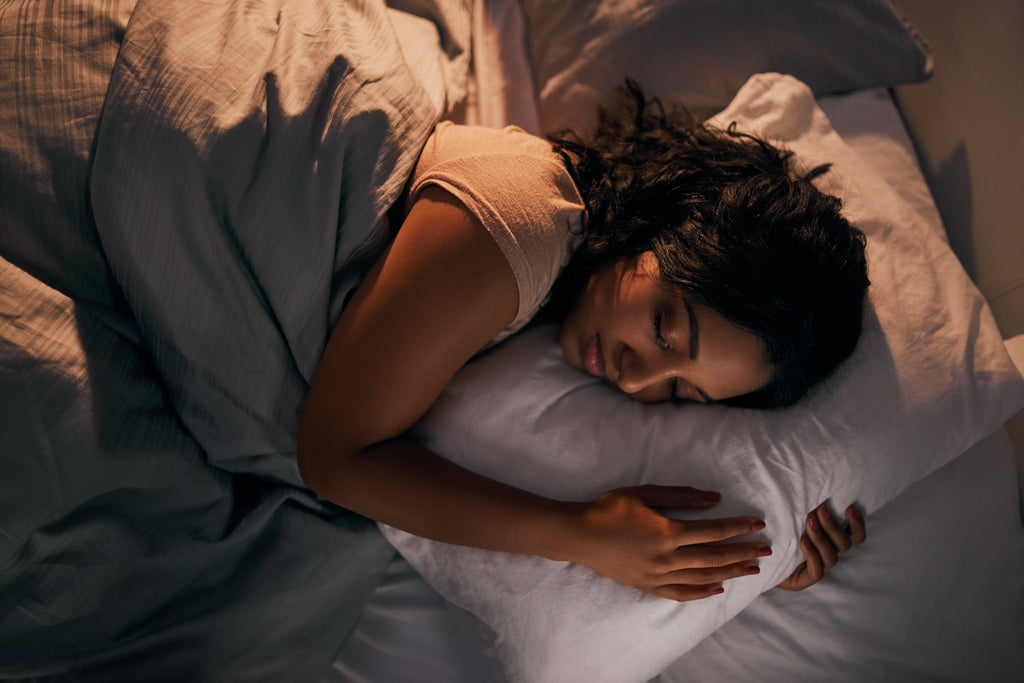- Home
- SHOP ▾
- Store Locator
- Media
- Product Information ▾
- Our Associations ▾
- Warranties ▾
- Advice ▾
- Blog

You probably ask yourself all the time what makes a good night’s sleep? If you google it, you’ll most likely see lists upon lists of top ten tips or the 5 best secrets to a good night’s sleep. Whilst these lists probably have great ideas, they may be redundant without understanding the key elements that make a good night’s sleep.
We’ve narrowed it down to three key elements for a good night’s sleep:
Now you know the three elements let’s expand on what they are so you have a basic understanding and can apply those great tips you see everywhere including our Instagram 😉.
1. Duration
Duration refers to the length of time that you sleep for, your sleep needs to be long enough that when you wake up the next day you are feeling refreshed and alert. Generally speaking, for an adult this is between 7-9 hours of sleep, with the length being longer for teenagers and young children.
|
Life Stage |
Required Sleep |
|
Older Adults |
7-8 hours |
|
Young Adults |
7-9 hours |
|
Teenagers |
8-10 hours |
|
School-aged children |
9-11 hours |
|
Preschoolers |
10-13 hours |
|
Toddlers |
11-14 hours |
|
Infants |
12-15 hours |
|
Newborns |
14-17 hours |
2. Continuity
Your sleep needs to be long and uninterrupted, even if you are still getting your required hours of sleep a night if you are waking up multiple times this can affect the overall quality of your sleep. There are four stages of sleep that humans go through each night:
As you can see our body slides through different and important stages of sleep each night and can do this multiple times, so if you are repeatedly waking up during the night you are disrupting your bodies sleep cycle.
3. Depth
This ties in with the stages of sleep we touched on above when talking about sleep continuity, you want your sleep to be deep and restorative. This means we especially want to make sure we are reaching the third and fourth stage of sleep known as slow wave sleep. Slow wave sleep is attributed to play a pivotal role in brain restoration and recovery as well as memory consolidation, whilst also producing human growth hormone which repairs tissues and cells in our bodies. All very important for us to be functional humans the next day.
Now you are equipped with the understanding of the key factors making up a good night’s sleep, you can now start creating a sleep routine that will aid you in sleeping the required amount and protecting it from interruption.

Jet lag occurs when you fly across one or more time zones.
Daylight plays an important role in our body’s natural biological clock or circadian rhythm, affecting the release of Melatonin which tells us when we should go to sleep and wake up. Jet lag occurs because our body's circadian rhythm has not had time to synchronise to the change in time zones.
The result, our body is telling us to stay awake when it’s late at night, or telling us it’s time to sleep when it is the only the middle of the afternoon.
Jet lag, affects different people differently, and can happen to anyone regardless of their age or level of fitness.
As recognised by betterhealth.vic.gov.au it is also often worse if you are travelling in an easterly direction
Your circadian rhythm (body clock) is less confused if you travel westward. This is because travelling west ‘prolongs’ the body clock’s experience of its normal day-night cycle (the normal tendency of the body clock in most of us is slightly longer than 24 hours). Travelling eastwards, however, runs in direct opposition to the body clock. If you suffer badly from jet lag, it may be worthwhile considering a westerly travel route if possible.
The symptoms of Jet Lag vary between people. They may include:
Jet lag generally lasts for 2-3 days and although there is no cure there are things that you can do before, during and after travel to help.
Before Leaving
During the Flight
After the Flight
“It is important that you sleep for no longer than 30 minutes and that you are awake for at least 4 hours before you go to bed.”
Most importantly be prepared to give yourself the time to adjust. It will often take at least 2-3 days.